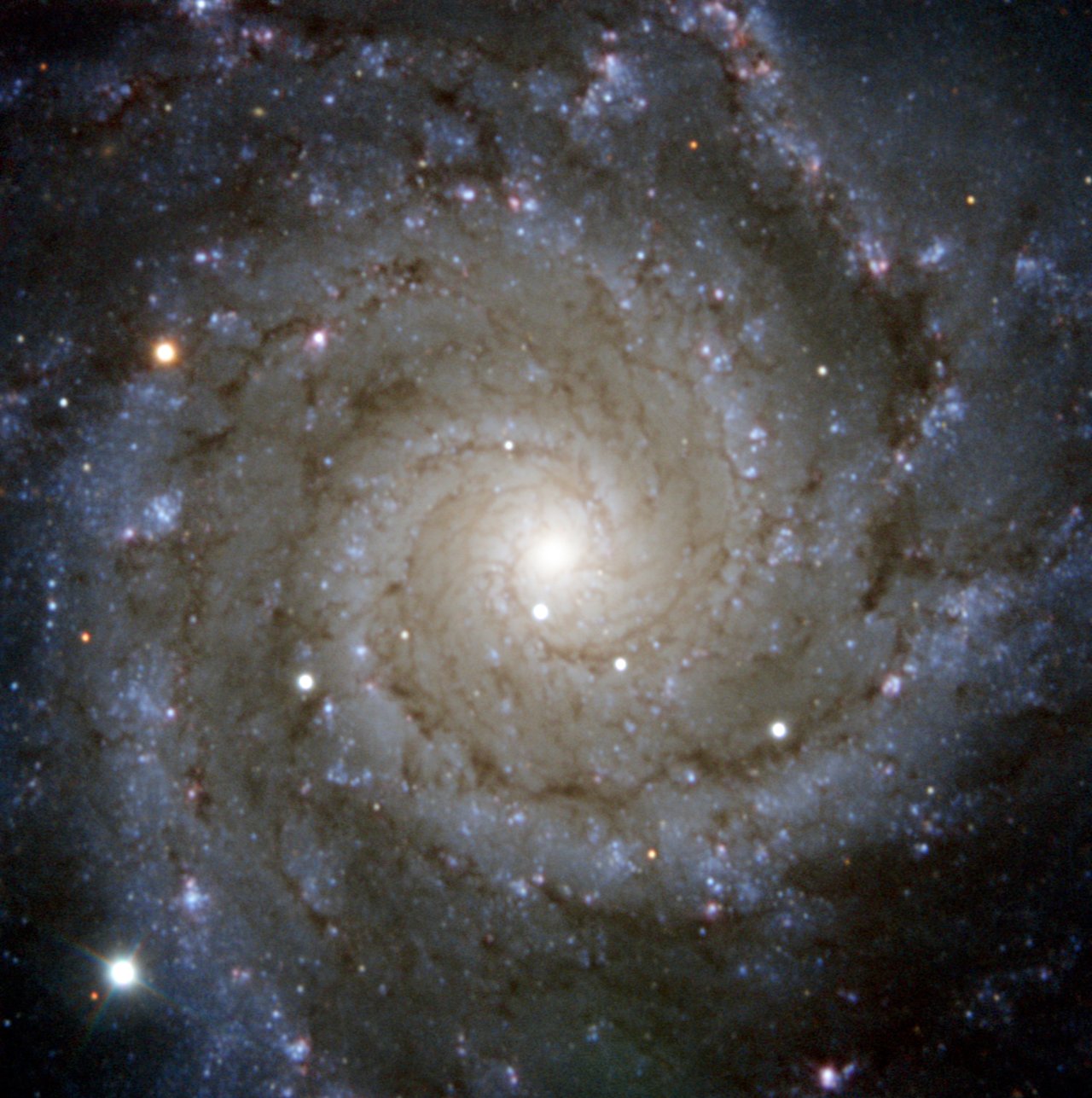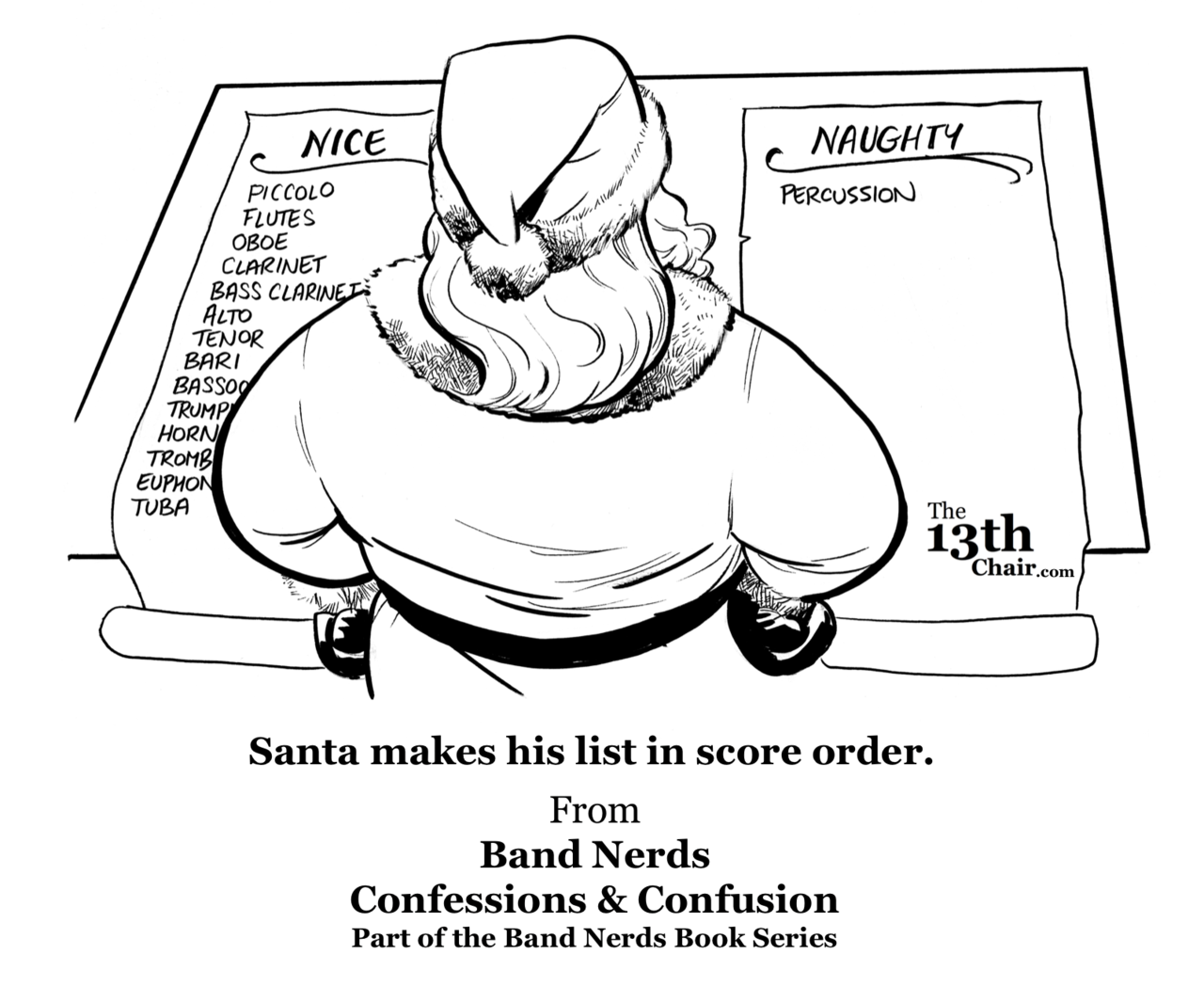Blog
Carmine Appice (/ˈkɑːrmaɪn/ /æˈpiːs/) (born December 15, 1946 Brooklyn, NY) is an American drummer and percussionist most commonly associated with the rock genre of music. He is best known for his associations with Vanilla Fudge; Cactus; the power trio Beck, Bogert & Appice; Rod Stewart; King Kobra; and Blue Murder, which also featured John Sykes, of Whitesnake and Thin Lizzy fame, and Tony Franklin of The Firm. Appice was inducted into the Classic Drummer Hall of Fame in 2013 and the Modern Drummer Hall of Fame in 2014.
He is credited with influencing later rock drummers including Iron Maiden‘s Nicko McBrain, Aerosmith‘s Joey Kramer, Roger Taylor of Queen, Phil Collins of Genesis, Rush‘s Neil Peart, Mötley Crüe‘s Tommy Lee, Slayer‘s Dave Lombardo, Richard Christy, Chris Grainger, David Kinkade, Ray Mehlbaum, Led Zeppelin‘s John Bonham, Ian Paice of Deep Purple, Anvil‘s Robb Reiner and Eric Singer of Kiss.
His best-selling drum instruction book The Realistic Rock Drum Method. was first published in 1972 and has since been revised and republished as The Ultimate Realistic Rock Drum Method. It covers the basic subjects of rock rhythms and polyrhythms, linear rudiments and groupings, shuffle rhythms, hi-hat and double bass drum exercises.
Appice is the elder brother of drummer Vinny Appice by 11 years; they are of Italian descent.
https://www.youtube.com/watch?v=xyyhm1D7zlI
more...Eddie Palmieri (born December 15, 1936) is a Grammy Award-winning pianist, bandleader, musician, and composer of Puerto Rican ancestry. He is the founder of the bands La Perfecta, La Perfecta II, and Harlem River Drive.
Palmieri’s parents moved to New York from Ponce, Puerto Rico, in 1926, and settled in the South Bronx, a largely Jewish neighborhood. There, he and his elder brother, Charlie Palmieri, were born. He accompanied Charlie and participated in many talent contests when he was eight years old. Palmieri continued his education in the city’s public school system where he was constantly exposed to music, specifically jazz. He took piano lessons and performed at Carnegie Hall when he was 11 years old. His main influences were Thelonious Monk and McCoy Tyner. Inspired by his older brother, he was determined to someday form his own band – something he achieved in 1950, when he was fourteen years old. During the 1950s, Palmieri played in various bands, including Tito Rodríguez‘s.
more...Charles Daniel Richmond (December 15, 1931 – March 16, 1988) was an American jazz drummer who is best known for his work with Charles Mingus. He also worked with Joe Cocker, Elton John and Mark-Almond.
Richmond was born Charles Daniel Richmond on December 15, 1931, in New York City and grew up in Greensboro, North Carolina. He started playing tenor saxophone at the age of thirteen, and went on to play R&B with the Paul Williams band in 1955.
His career took off when he took up the drums, in his early twenties, through the formation of what was to be a 21-year association with Charles Mingus. Mingus biographer Brian Priestley writes that “Dannie became Mingus’s equivalent to Harry Carney in the Ellington band, an indispensable ingredient of ‘the Mingus sound’ and a close friend as well”.
That association continued after Mingus’ death when Richmond became the first musical director of the group Mingus Dynasty in 1980.
He died of a heart attack in Harlem on March 16, 1988, at the age of 56.
https://www.youtube.com/watch?v=Y8x3LWVC1L4
more...Curtis DuBois Fuller (born December 15, 1934) is an American jazz trombonist, known as a member of Art Blakey‘s Jazz Messengers and contributor to many classic jazz recordings.
Fuller’s Jamaican-born parents died when he was young; he was raised in an orphanage. While in Detroit he was a school friend of Paul Chambersand Donald Byrd, and also knew Tommy Flanagan, Thad Jones and Milt Jackson. After army service between 1953 and 1955 (when he played in a band with Chambers and brothers Cannonball and Nat Adderley), Fuller joined the quintet of Yusef Lateef, another Detroit musician. In 1957 the quintet moved to New York, and Fuller recorded his first sessions as a leader for Prestige Records.
Alfred Lion of Blue Note Records first heard Fuller playing with Miles Davis in the late 1950s, and featured him as a sideman on record dates led by Sonny Clark (Dial “S” for Sonny, Sonny’s Crib) and John Coltrane (Blue Train). Fuller led four dates for Blue Note, though one of these, an album with Slide Hampton, was not issued for many years. Other sideman appearances over the next decade included work on albums under the leadership of Bud Powell, Jimmy Smith, Wayne Shorter, Lee Morgan and Joe Henderson (a former roommate at Wayne State University in 1956).
more...Barry Doyle Harris (born December 15, 1929) is an American jazz pianist, bandleader, composer, arranger, and educator. He is an exponent of the bebop style. Harris began learning the piano at the age of four. His mother, a church pianist, asked him if he was interested in playing church music or jazz. Having picked the latter, he was influenced by Thelonious Monk and Bud Powell. In his teens he learned bebop largely by ear, imitating solos by Powell. He claimed Powell’s style was the “epitome” of jazz. He performed for dances in clubs and ballrooms. He was based in Detroit through the 1950s and worked with Miles Davis, Sonny Stitt, and Thad Jones and substituted for Junior Mance in the Gene Ammons band. In 1956 he toured briefly with Max Roach after Richie Powell, the band’s pianist and younger brother of Bud Powell, died in a car crash.
Harris performed with Cannonball Adderley‘s quintet and on television with them. After moving to New York City, he worked as an educator and performed with Dexter Gordon, Illinois Jacquet, Yusef Lateef and Hank Mobley. Between 1965 and 1969, he worked extensively with Coleman Hawkins at the Village Vanguard.
more...https://www.youtube.com/watch?v=9-yhNtQCUxM
more...https://www.youtube.com/watch?v=RY2fr13ibFc
more...The narrow galaxy elegantly curving around its spherical companion in this image is a fantastic example of a truly strange and very rare phenomenon. This image, taken with the NASA/ESA Hubble Space Telescope, depicts GAL-CLUS-022058s, located in the southern hemisphere constellation of Fornax (The Furnace). GAL-CLUS-022058s is the largest and one of the most complete Einstein rings ever discovered in our Universe. The object has been nicknamed by the Principal Investigator and his team who are studying this Einstein ring as the “Molten Ring”, which alludes to its appearance and host constellation. First theorised to exist by Einstein in his general theory of relativity, this object’s unusual shape can be explained by a process called gravitational lensing, which causes light shining from far away to be bent and pulled by the gravity of an object between its source and the observer. In this case, the light from the background galaxy has been distorted into the curve we see by the gravity of the galaxy cluster sitting in front of it. The near exact alignment of the background galaxy with the central elliptical galaxy of the cluster, seen in the middle of this image, has warped and magnified the image of the background galaxy around itself into an almost perfect ring. The gravity from other galaxies in the cluster is soon to cause additional distortions. Objects like these are the ideal laboratory in which to research galaxies too faint and distant to otherwise see.

Christopher William Parkening (born December 14, 1947) is an American classical guitarist. He holds the Chair of Classical Guitar at Pepperdine University under the title Distinguished Professor of Music.
Parkening was born in Los Angeles, California. His cousin Jack Marshall, a studio musician active in the 1960s, introduced Parkening to the recordings of Andrés Segovia when he was 11 and encouraged his classical guitar studies. By the age of 19 he had embarked on a professional career of regular touring and recording. Segovia has stated that, “Christopher Parkening is a great artist—-he is one of the most brilliant guitarists in the world.” At age 30, Parkening withdrew from public performances and recording seeking a respite from the demands of a professional career and a chance to pursue his hobby of fly fishing. During this period Parkening rarely played guitar choosing instead to focus his attention on his Montana ranch and trout stream. While visiting his Southern California home in winter, a neighbor invited Parkening to the Grace Community Church. Profoundly affected by this experience Parkening returned to recording and performing with a renewed sense of purpose. He then released Simple Gifts, an album of traditional Christian hymns arranged for classical guitar. His autobiography Grace Like a River was published in 2006.
more...Phineas Newborn Jr. (December 14, 1931 – May 26, 1989) was an American jazz pianist, whose principal influences were Art Tatum, Oscar Peterson, and Bud Powell.
Newborn was born in Whiteville, Tennessee, and came from a musical family: his father, Phineas Newborn Sr., was a drummer in blues bands,[2]and his younger brother, Calvin, a jazz guitarist. He studied piano as well as trumpet, and tenor and baritone saxophone.
Before moving on to work with Lionel Hampton, Charles Mingus, and others, Newborn first played in an R&B band led by his father on drums, with his brother Calvin on guitar, Tuff Green on bass, Ben Branch and future Hi Records star Willie Mitchell. The group was the house band at the now famous Plantation Inn Club in West Memphis, Arkansas, from 1947 to 1951, and recorded as B. B. King‘s band on his first recordings in 1949, as well as the Sun Records sessions in 1950. They left West Memphis in 1951 to tour with Jackie Brenston as the “Delta Cats” in support of the record “Rocket 88“, recorded by Sam Phillips and considered by many to be the first ever rock & roll record (it was the first Billboard No. 1 record for Chess Records).
more...Leo Wright (December 14, 1933 in Wichita Falls, Texas – January 4, 1991 in Vienna) was an American jazz musician who played alto saxophone, flute and clarinet. He played with Charles Mingus, Booker Ervin, John Hardee, Kenny Burrell, Johnny Coles, Blue Mitchell and Dizzy Gillespie in the late 1950s, early 1960s and in the late 1970s. Relocating to Europe in 1963, Wright settled in Berlin and later Vienna. During this time he performed and recorded primarily in Europe, using European musicians or fellow American expatriates, such as Kenny Clarke and Art Farmer. He died of a heart attack in 1991 at the age of 57.
more...Cecil Payne (December 14, 1922 – November 27, 2007) was an American jazz baritone saxophonist born in Brooklyn, New York. Payne also played the alto saxophone and flute. He played with other prominent jazz musicians, in particular Dizzy Gillespie and Randy Weston, in addition to his solo work as bandleader.
Payne received his first saxophone at the age of 13, asking his father for one after hearing “Honeysuckle Rose” performed by Count Basie with Lester Young soloing. Payne took lessons from a local alto sax player, Pete Brown. He studied at Boys High School, Bedford-Stuyvesant. Payne began his professional recording career with J. J. Johnson on the Savoy label in 1946. During that year he also began playing with Roy Eldridge, through whom he met Dizzy Gillespie. His earlier recordings would largely fall under the swing category, until Gillespie hired him. Payne stayed on board until 1949, heard performing solos on “Ow!” and “Stay On It”. In the early 1950s he found himself working with Tadd Dameron, and worked with Illinois Jacquet from 1952 to 1954. He then started freelance work in New York City and frequently performed during this period with Randy Weston, whom Payne worked with until 1960. Payne was still recording regularly for Delmark Records in the 1990s, when he was in his seventies, and indeed on into the new millennium.
more...Clark Virgil Terry Jr. (December 14, 1920 – February 21, 2015) was an American swing and bebop trumpeter, a pioneer of the flugelhorn in jazz, and a composer and educator.
He played with Charlie Barnet (1947), Count Basie (1948–51), Duke Ellington (1951–59), Quincy Jones (1960), and Oscar Peterson (1964-96). He was with The Tonight Show Band on the Tonight Show from 1962 to 1972. His career in jazz spanned more than 70 years, during which he became one of the most recorded jazz musicians, appearing on over 900 recordings. Terry also mentored Quincy Jones, Miles Davis, Herbie Hancock, Wynton Marsalis, Pat Metheny, Dianne Reeves, and Terri Lyne Carrington.
Terry was born to Clark Virgil Terry Sr. and Mary Terry in St. Louis, Missouri, on December 14, 1920. He attended Vashon High School and began his professional career in the early 1940s, playing in local clubs. He served as a bandsman in the United States Navy during World War II. His first instrument was valve trombone.
more...ESO’s PESSTO survey has captured this view of Messier 74, a stunning spiral galaxy with well-defined whirling arms. However, the real subject of this image is the galaxy’s brilliant new addition from late July 2013: a Type II supernovanamed SN2013ej that is visible as the brightest star at the bottom left of the image.
Such supernovae occur when the core of a massive star collapses due to its own gravity at the end of its life. This collapse results in a massive explosion that ejects material far into space. The resulting detonation can be more brilliant than the entire galaxy that hosts it and can be visible to observers for weeks, or even months.
PESSTO (Public ESO Spectroscopic Survey for Transient Objects) is designed to study objects that appear briefly in the night sky, such as supernovae. It does this by utilising a number of instruments on the NTT (New Technology Telescope), located at ESO’s La Silla Observatory in Chile. This new picture of SN2013ej was obtained using the NTT during the course of this survey.
SN2013ej is the third supernova to have been observed in Messier 74 since the turn of the millennium, the other two being SN 2002ap and SN 2003gd. It was first reported on 25 July 2013 by the KAIT telescope team in California, and the first “precovery image” was taken by amateur astronomer Christina Feliciano, who used the public access SLOOH Space Camera to look at the region in the days and hours immediately before the explosion.
Messier 74, in the constellation of Pisces (The Fish), is one of the most difficult Messier objects for amateur astronomers to spot due to its low surface brightness, but SN2013ej should still be visible to careful amateur astronomers over the next few weeks as a faint and fading star.

Majida El Roumi Baradhy (Arabic: ماجدة الرومي برادعي; born 13 December 1956) is a Lebanese soprano singer. She is also a UN Goodwill Ambassador. In 1974, she participated in the talent show “Studio El Fan” on Télé Liban and performed songs for Layla Murad at the age of 16.
more...More Posts
- Daily Roots with Horace Andy
- The Cosmos with NGC 6820/3
- Pat Martino Day
- Wayne Shorter Day
- World Music with Songhoy Blues
- Daily Roots with Johnny Osborne
- The Cosmos with NGC 4100
- Jim Capaldi Day
- Arthur “Big Boy” Crudup Day
- World Music with Cayetano Moreno Castro
- Daily Roots with Cornell Campbell
- The Cosmos with NGC 6503
- Keith Moon Day
- Terje Rypdal Day
- Gil Coggins Day
- World Music with AL-Mawror
- Daily Roots with Carlton and the Shoes
- The Cosmos with N159W
- Malachi Favors Day
- John Lee Hooker Day
